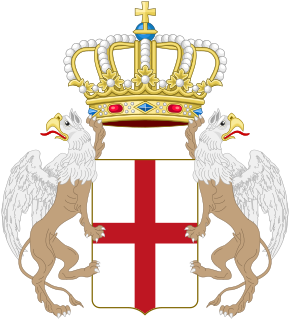
The Doge of Genoa was the ruler of the Republic of Genoa, a city-state and soon afterwards a maritime republic, from 1339 until the state's extinction in 1797. Originally elected for life, after 1528 the Doges were elected for terms of two years. In actuality, the Republic was an oligarchy ruled by a small group of merchant families, from whom the doges were selected.

The Republic of Genoa was a medieval and early modern maritime republic from the 11th century to 1797 in Liguria on the northwestern Italian coast. During the Late Middle Ages, it was a major commercial power in both the Mediterranean Sea and the Black Sea. Between the 16th and 17th centuries it was one of the major financial centers in Europe.
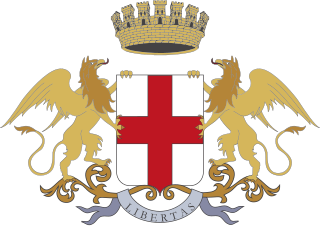
Giacomo Maria Brignole Sale was the 176th and 184th Doge of the Republic of Genoa, respectively from 1779 to 1781 and from 1795 to 1797. He was the last doge in the history of the Republic, before the suppression of the Genoese state and the only one elected twice, a unique case in the history of that Republic for the biennial election doges.

Giano I di Campofregoso was the 31st Doge of the Republic of Genoa.

Pietro Campofregoso was Doge of Genoa from 1450 to 1458.
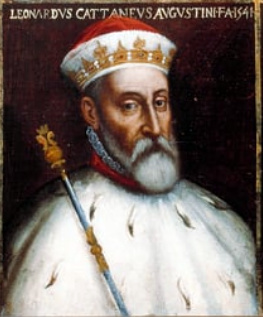
Leonardo Cattaneo della Volta was the 52nd Doge of the Republic of Genoa.

Giovanni di Murta was elected the second doge of the Republic of Genoa after the resignation of Simone Boccanegra, on 25 December 1345. His dogate was dominated by his attempts to break the circle of political violence which had crippled the city over the past century and to reassert the Genoese domination over the Mediterranean colonies.

Domenico di Campofregoso (1325–1390) was the fifth doge of Genoa. He succeeded Gabriele Adorno upon the deposition of the latter on August 13, 1370 by the two vicars of the people. He held the longest consecutive term as Doge in the history of the Republic.

Nicolò Guarco was a Genoese statesman who became the 7th doge of the Republic of Genoa and led the Republic through the War of Chioggia against Venice.

Benedetto Viale was the 144th Doge of the Republic of Genoa and king of Corsica.
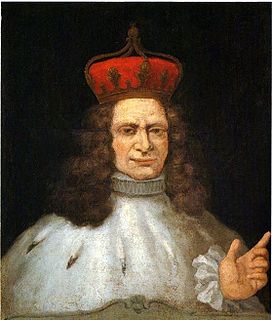
Stefano Lomellini was the 161st Doge of the Republic of Genoa.

Pietro De Franchi Sacco was the 84th Doge of the Republic of Genoa.

Federico De Franchi Toso was the 136th Doge of the Republic of Genoa and king of Corsica.
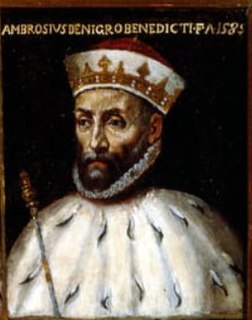
Ambrogio Di Negro was the 75th Doge of the Republic of Genoa.

Pietro Giovanni Chiavica Cibo was the 60th Doge of the Republic of Genoa.

Giacomo Grimaldi Durazzo was the 69th Doge of the Republic of Genoa.

Gerolamo De Franchi Toso was the 111th Doge of the Republic of Genoa and king of Corsica.
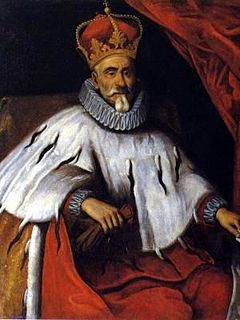
Federico De Franchi Toso was the 96th Doge of the Republic of Genoa.

Francesco Maria Imperiale Lercari was the 127th Doge of the Republic of Genoa and king of Corsica.

Giacomo De Franchi Toso was the 109th Doge of the Republic of Genoa and king of Corsica.
This page is based on this
Wikipedia article Text is available under the
CC BY-SA 4.0 license; additional terms may apply.
Images, videos and audio are available under their respective licenses.

















